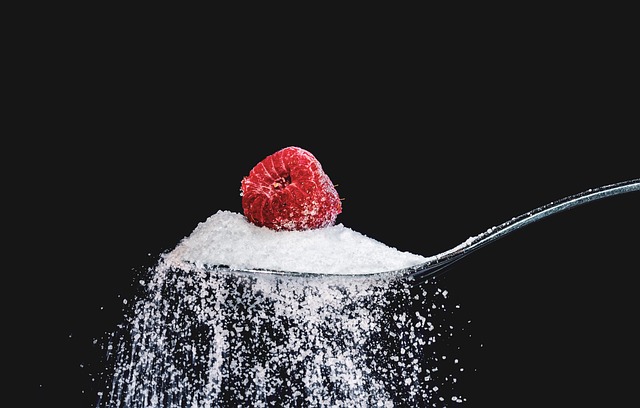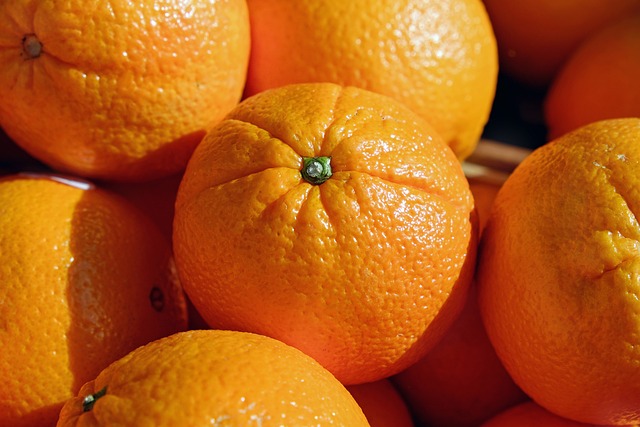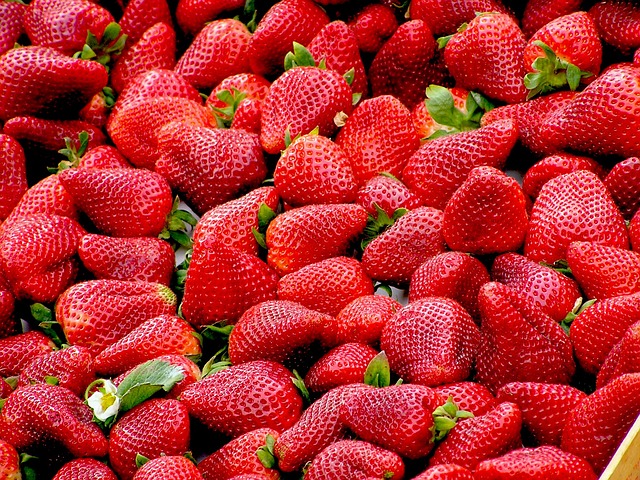Beyond Yogurt: Discovering Unexpected Sources of Probiotics in Everyday Life
Probiotics have gained significant attention in recent years for their potential health benefits. While many people associate probiotics with yogurt, there are actually several other surprising sources of probiotics that you can incorporate into your daily routine. These lesser-known sources offer a range of benefits and can diversify your probiotic intake.
Kombucha
Kombucha, a fermented tea beverage, has become increasingly popular for its probiotic content. The fermentation process involves bacteria and yeast, which produce a symbiotic colony of bacteria and yeast (SCOBY). This SCOBY is responsible for the fermentation and creates a carbonated, tangy drink.
Kombucha is known for its digestive benefits. The presence of probiotics helps to balance the gut microbiome, supporting healthy digestion and aiding nutrient absorption. Additionally, kombucha contains antioxidants and may contribute to a strengthened immune system.
Sauerkraut
Sauerkraut, a type of fermented cabbage, is another unexpected probiotic source. It is made by thinly slicing cabbage and fermenting it using lactic acid bacteria. The fermentation process not only enhances the flavor but also increases the probiotic content.
Consuming sauerkraut can improve your gut health due to its high concentration of lactic acid bacteria. These bacteria can help enhance digestion, reduce inflammation, and boost immune function. Including sauerkraut as a side dish or condiment can be an excellent way to introduce more probiotics into your diet.
Miso Soup
Miso is a traditional Japanese seasoning made from fermented soybeans, rice, or barley. It is commonly used to make miso soup, a staple in Japanese cuisine. Miso soup not only offers a savory and comforting flavor but also serves as a probiotic-rich dish.
The fermentation process involved in making miso paste promotes the growth of beneficial bacteria. As a result, consuming miso soup can support a healthy gut microbiome. Miso is also a source of essential vitamins and minerals, making it a nutritious addition to any diet.
Kimchi
Kimchi, a traditional Korean side dish, is made from fermented vegetables such as cabbage, radishes, and scallions. It is seasoned with a mix of spices, including chili powder, garlic, and ginger. Kimchi offers a pungent and spicy flavor profile and is packed with probiotics.
Similar to sauerkraut, kimchi undergoes a fermentation process that leads to the growth of beneficial bacteria. These probiotics can contribute to improved digestion and a stronger immune system. Kimchi is also rich in vitamins A and C, as well as antioxidants.
Tips for Incorporating Probiotic-Rich Foods into Your Diet
Now that you’re aware of the various sources of probiotics beyond yogurt, here are some tips to help you incorporate these foods into your diet:
- Start small: If you’re new to these probiotic-rich foods, start with small portions to allow your body to adjust.
- Experiment with flavors: There are several varieties of kombucha, sauerkraut, miso, and kimchi available. Explore different flavors to find what you enjoy most.
- Include them as accompaniments: Add sauerkraut to sandwiches or serve miso soup as a side dish to diversify your probiotic intake.
- Homemade options: If you enjoy cooking, try making your own kimchi or sauerkraut. This way, you have control over the ingredients and fermentation process.
- Consult a healthcare professional: If you have specific dietary concerns or medical conditions, it’s best to consult a healthcare professional to ensure these







